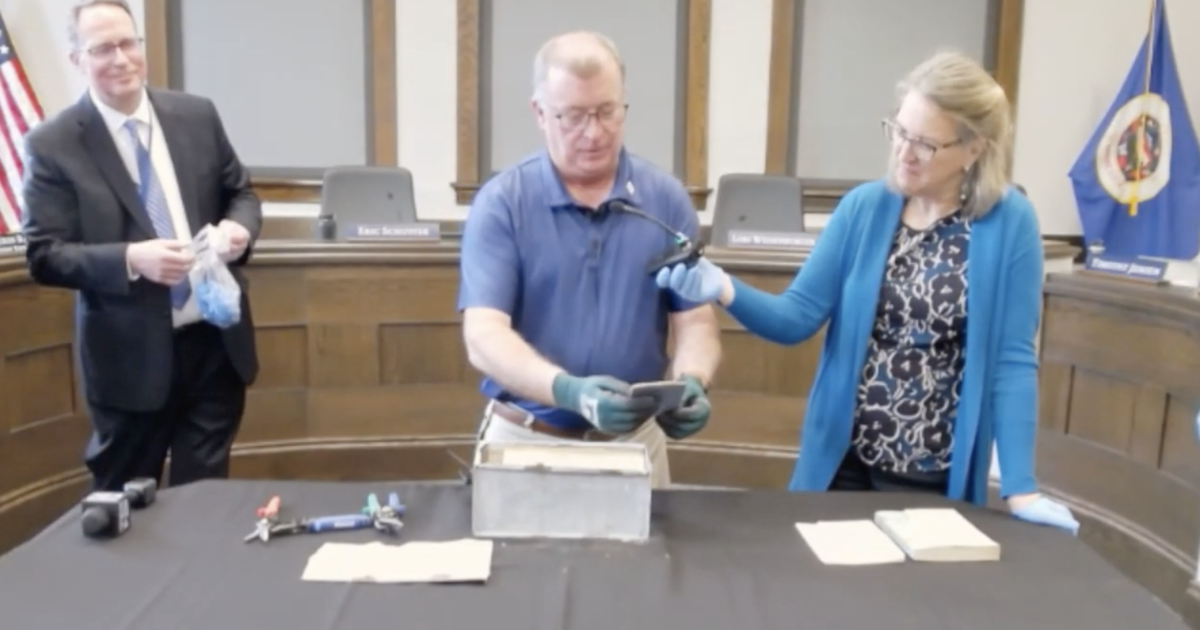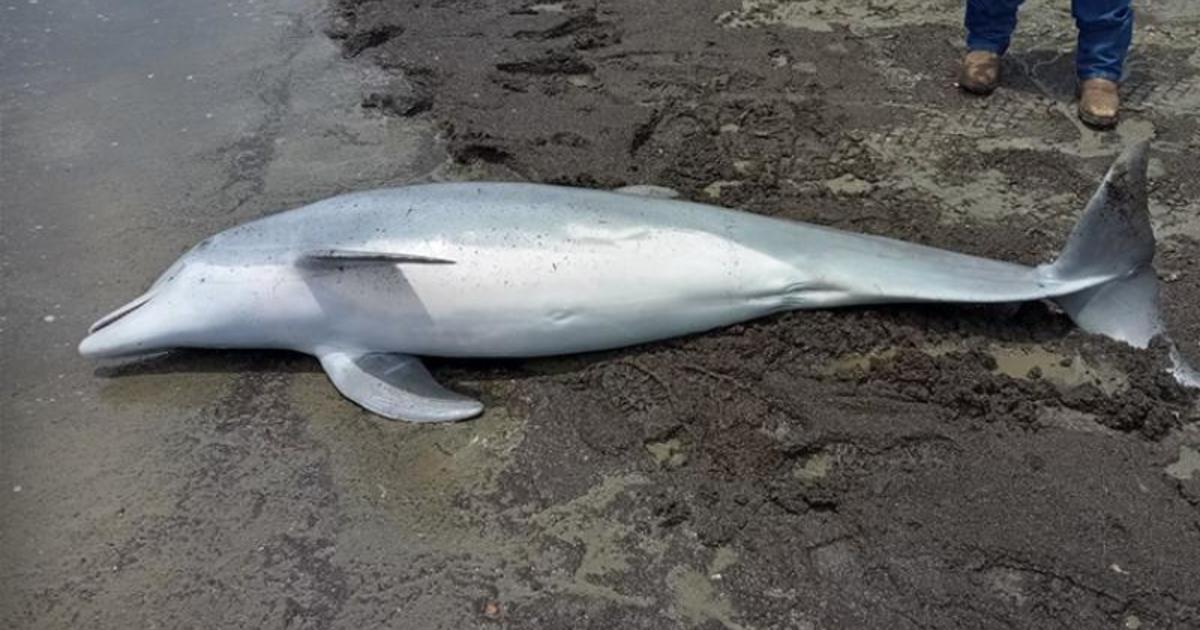Remains of woman missing since Hurricane Ian found on Fort Myers Beach as death toll rises
The remains of a Florida woman missing since Hurricane Ian destroyed her home in September have been identified, a sheriff said Thursday.
Workers removing debris on hard-hit Fort Myers Beach discovered the remains of 82-year-old Ilonka Knes earlier this week in a thicket of mangroves, Lee County Sheriff Carmine Marceno said at a news conference. Marceno said "these areas are impassable by boat and are not visible by air."
Knes was positively identified by dental records and authorities say she drowned. The remains of her husband, 81-year-old Robert Knes, were found shortly after the storm struck.
"She was one of two people still missing from Hurricane Ian," Marceno said. "I hope this discovery can bring the family some closure."
The other person missing in Lee County since the hurricane blasted ashore Sept. 28 is James Hurst, 72, the sheriff said. Hurst told family he would ride out the storm on his sailboat off Fort Myers Beach but was not heard from again.
After the storm, deputies responded to 4,866 well-being checks, CBS affiliate WINK-TV reported. Initially, the sheriff's office was looking for three missing people, but now only Hurst is still unaccounted for.
Before the discovery of Knes' remains, the Florida Medical Examiners Commission on Tuesday reported 145 confirmed deaths in the state from Hurricane Ian. This would add to that total.
There were also five people killed in North Carolina, one in Virginia and three in Cuba, authorities have said.
Along with the property damage that rendered homes inhabitable and displaced thousands of residents, people across the state have been grappling with environmental hazards that could pose serious health threats.
In Lee County, officials say storm surges and subsequent flooding led to a spike in potentially deadly infections caused by Vibrio vulnificus, a species of bacteria found in warm, brackish water that typically comes in contact with humans through raw or undercooked seafood. It can also enter the body through cuts and other open wounds, and can cause severe skin infections that may be life-threatening, according to the U.S. Centers for Disease Control and Prevention.
Vibrio vulnificus is informally described as a "flesh-eating" bacteria because primary infections of the skin can devolve quickly into necrotizing fasciitis, a rare condition that causes tissue breakdown and at times requires amputation to prevent further spread.
Emily Mae Czachor contributed to this report.



